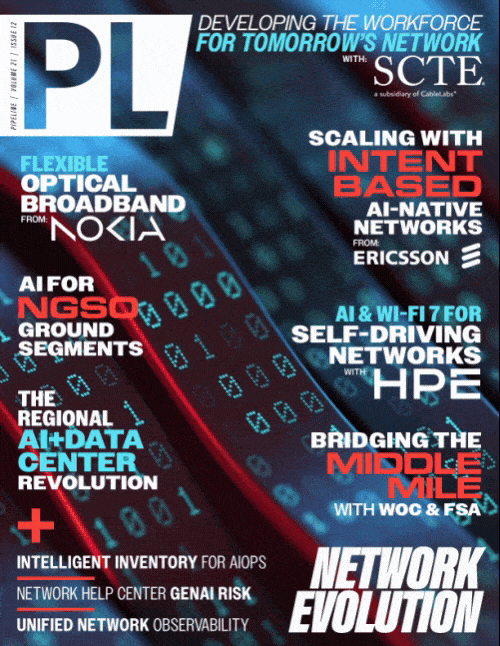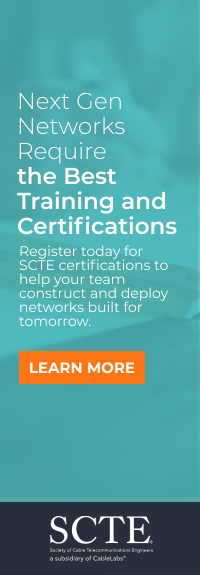News Center
NEC Develops Near Real-time RIC for 5G vRANNEC Develops Near Real-time RIC for High Performance 5G vRANNEC announced that it has developed a Near Real-time RAN Intelligent Controller platform and RIC applications that enable flexible and intelligent network control that is compliant with the O-RAN Alliance specifications for virtualized Radio Access Networks. In recent years, as the spread of cutting-edge technologies such as generative AI has progressed rapidly, there are high expectations for the provision of new user experiences that utilize these technologies. As the infrastructure that supports these experiences, 5G networks require high scalability and flexibility to effectively support new services, as well as mechanisms to efficiently operate existing services. In order to provide an advanced 5G network that meets these requirements, NEC has developed a Near-RT RIC platform that enables flexible and intelligent network control in accordance with O-RAN Alliance specifications for vRAN and runs on general-purpose hardware. This makes it possible to dynamically customize RAN (base station) settings according to service requirements and network conditions. Furthermore, as RIC applications that run on this platform, NEC has implemented functions for load balancing between cells, guaranteeing the Service Level Agreement (SLA) for slices, and achieving high reliability with acceptable latency. Features of NEC's Near-RT RIC: The Near-RT RIC developed by NEC can flexibly support functional enhancements such as quality improvement, SLA guarantees, and power saving by dynamically customizing RAN operations in response to diversifying service requirements by adding RIC applications, including the following: RIC Application Examples: 1. Load balancing between cells The application can quickly resolve load imbalances between adjacent cells, and in environments where network load fluctuates depending on time of day and location, it can improve the throughput of terminals connected to cells with high load. 2. SLA guarantee for slices By dynamically optimizing the radio resources for each slice, it is possible to provide quality of service (QoS) in accordance with the SLA to the terminals connected to the slice, even in a congested network environment. 3. High reliability with acceptable latency By using AI to analyze acceptable latency and fluctuations in radio quality, and dynamically optimizing radio control for each terminal, it is possible to increase the satisfaction rate of acceptable latency in environments where there is a high demand for reliability in the arrival of data within an acceptable latency. Moreover, since RIC control is separated from conventional RAN functions and operates on a virtualized platform via an interface that complies with O-RAN Alliance specifications, it is possible to quickly incorporate hardware and software innovations related to AI. By utilizing these mechanisms to automate and make RAN operations more autonomous, it is possible to continuously improve the value of vRAN while keeping Total Cost of Ownership down. NEC has also demonstrated the effectiveness of its high-reliability function for achieving acceptable latency in an indoor test environment using 5G vRAN. Overview and Results of the Technical Verification: Using 5G vRAN, NEC built a network for remotely controlling mobile robots in an indoor environment and conducted a demonstration experiment of an RIC application that achieves high reliability in terms of acceptable latency. By dynamically optimizing radio control for each mobile robot terminal, NEC demonstrated that the frequency of packets exceeding the acceptable latency could be reduced to less than 1/6 of the frequency when RIC was not used. Future Developments: NEC will continue to contribute to improving service quality in the mobile network market, from corporate digital transformation (DX) to general users, by expanding Near-RT RIC applications that improve network quality, save power, and improve operational autonomy using AI, in order to achieve the advancement of vRAN with an eye on Beyond 5G/6G. Source: NEC media announcement | |

















